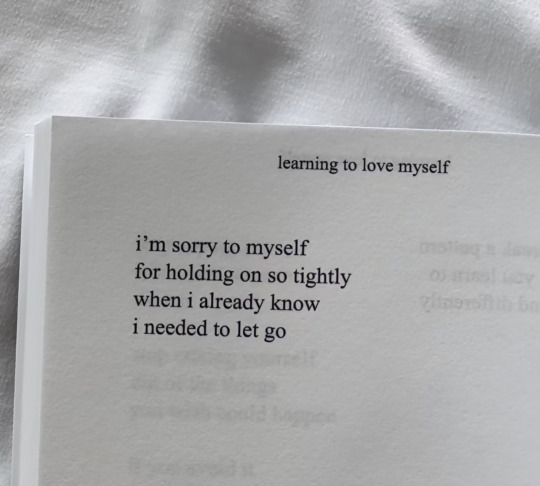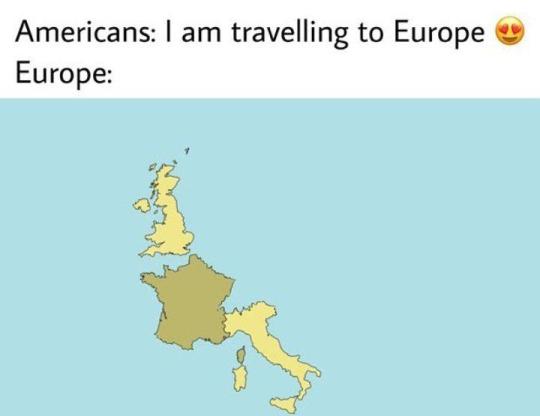Text



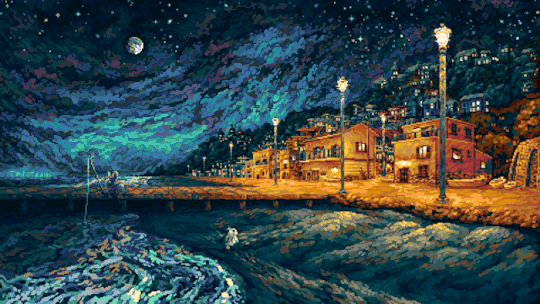

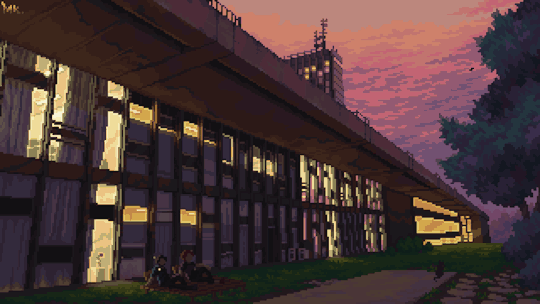
Moments in time, preserved through sentiments
Twitter | Ko-Fi | Patreon
158K notes
·
View notes
Text
Thoughts under the shower: what happens to people who disappear?
1 note
·
View note
Text

When you wish upon a star...🌟
Graphite, charcoal and digital enhancements.
34 notes
·
View notes
Photo
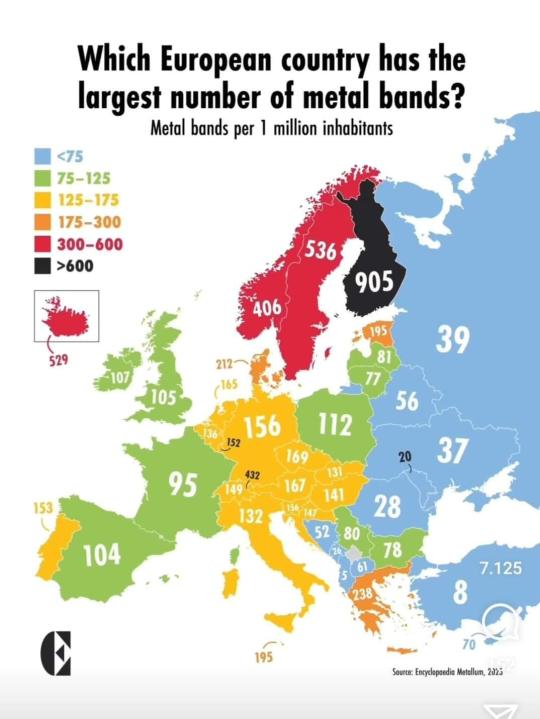
European countries with largest number of metal bands
2K notes
·
View notes
Text

Laboratory Safety: The Hierarchy of Controls
Though many people may think of safety glasses or lab coats as the safest way to protect oneself in a laboratory setting, personal protective equipment (PPE) is actually considered the last and least effective step. The goal with safety in laboratories is almost always to make the use of PPE unnecessary or redundant - with the caveat and acknowledgement that sometimes, that just isn't possible.
Nevertheless, let's take a look at the steps that come before PPE:
Elimination of the hazard. Examples might be restricting the use of extension cords (possible trip hazard); doing work at ground level (e.g., eliminating the use of a ladder and bringing the work to the floor); or updating old or faulty equipment that might be more dangerous than modern versions.
Substitution of the hazard. Similar to elimination, examples include replacing chemicals with less dangerous versions that can perform the same task, or using less electricity or temperature.
Engineering controls serve to isolate people from hazards. Examples include chemical fume hoods, an interlock system for a laser setup, or remote controls to operate equipment from a distance.
Administrative controls are the rules and regulations that govern a laboratory space. They can include working on a buddy system, additional safety training, mandating rest breaks, putting up warning signs and labels, and developing standard operating procedures.
Sources/Further Reading*: (Image source - CDC) (OSHA) (OSHA hierarchy of controls) (SafetyCulture) (Lab Manager)
*Note: If you are looking for lab safety resources, any university with working laboratories should have guidelines available. Just keep in mind that as the rules get more specific, some may be location dependent (i.e., based on the local laws of the state, province, country, etc.).
87 notes
·
View notes
Text
My soul and yours are the same. You appear in me, I in you. We hide in each other.
4 notes
·
View notes
Text
lukematon = countless
lukuisa = numerous
avulias = helpful
avuton = helpless
puhelias = talkative
vaitelias = silent, closemouthed
onnellinen = happy
surullinen = sad
sokerinen = sugary
sokeriton = sugar free
hyödyllinen = useful
hyödytön = useless
sisällä = inside
ulkona = outside
auki = open
kiinni = closed
äänekäs = loud, noisy
äänetön = soundless (on silent), silent
rohkea = brave (out there, fearless)
ujo = shy (not brave)
helppo = easy
vaikea = difficult
kiinteä = solid, stays in place
löysä = loose, runny
tuima = stern, servere
lempeä = gentle, lenient
toiveikas = hopeful
toivoton = hopeless
täynnä = full
tyhjä = empty
nopea = quick
hidas = slow
Here are some "opposites" ("vastakohdat").
-> I have to admit "tuima" was a new word for me.
-> Also I put "ujo" as the opposite of "rohkea" (rather than "pelokas" or something meaning fearful), but I have quite often seen "rohkea" used to mean "outgoing" or "out there" as well as "brave", so I think this makes sense in Finnish (even though in English the opposite of "shy" isn't "brave")
69 notes
·
View notes
Text
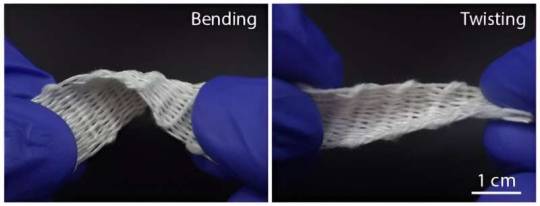
A sweater made from new aerogel fiber tests warmer than one made from down
A team of chemical engineers and materials scientists at Zhejiang University in China has developed a new type of aerogel fiber that has proven to be warmer than down when woven into a sweater. In their paper published in the journal Science, the group describes the inspiration for their fibers, how they were made and how well they worked when tested in a cold environment. Zhizhi Sheng and Xuetong Zhang, with the Chinese Academy of Sciences, have published a Perspective piece in the same journal issue outlining the work done by the team on this new effort.
Aerogels are types of gels where the liquid is replaced by air. They were invented in the 1930s and have been used for a variety of applications, including NASA space vehicles. Because of their positive thermal properties, materials scientists have been trying to make fibers using them that could be used to create warm textiles. Thus far, such attempts have mostly failed, however, due to a lack of moisture permeability and strength. In this new study, the research team in China has found a way to overcome both problems.
Read more.
22 notes
·
View notes
Text
26K notes
·
View notes
Text

Thermodynamics
Thermodynamics is defined as a branch of physics that deals with energy, primarily heat, temperature, and the work of a system. More specifically, it deals with the relationships between these values and others, including entropy and the conversion of one form of energy to another. Only large scale, relatively speaking, system responses are defined as thermodynamics - the overall trend or reaction a system exhibits. There are four laws of thermodynamics, defined in the image above.
Sources/Further Reading: (Image source - LinkedIn) (Wikipedia) (NASA) (Harvard Lecture) (Livescience.com)
90 notes
·
View notes





